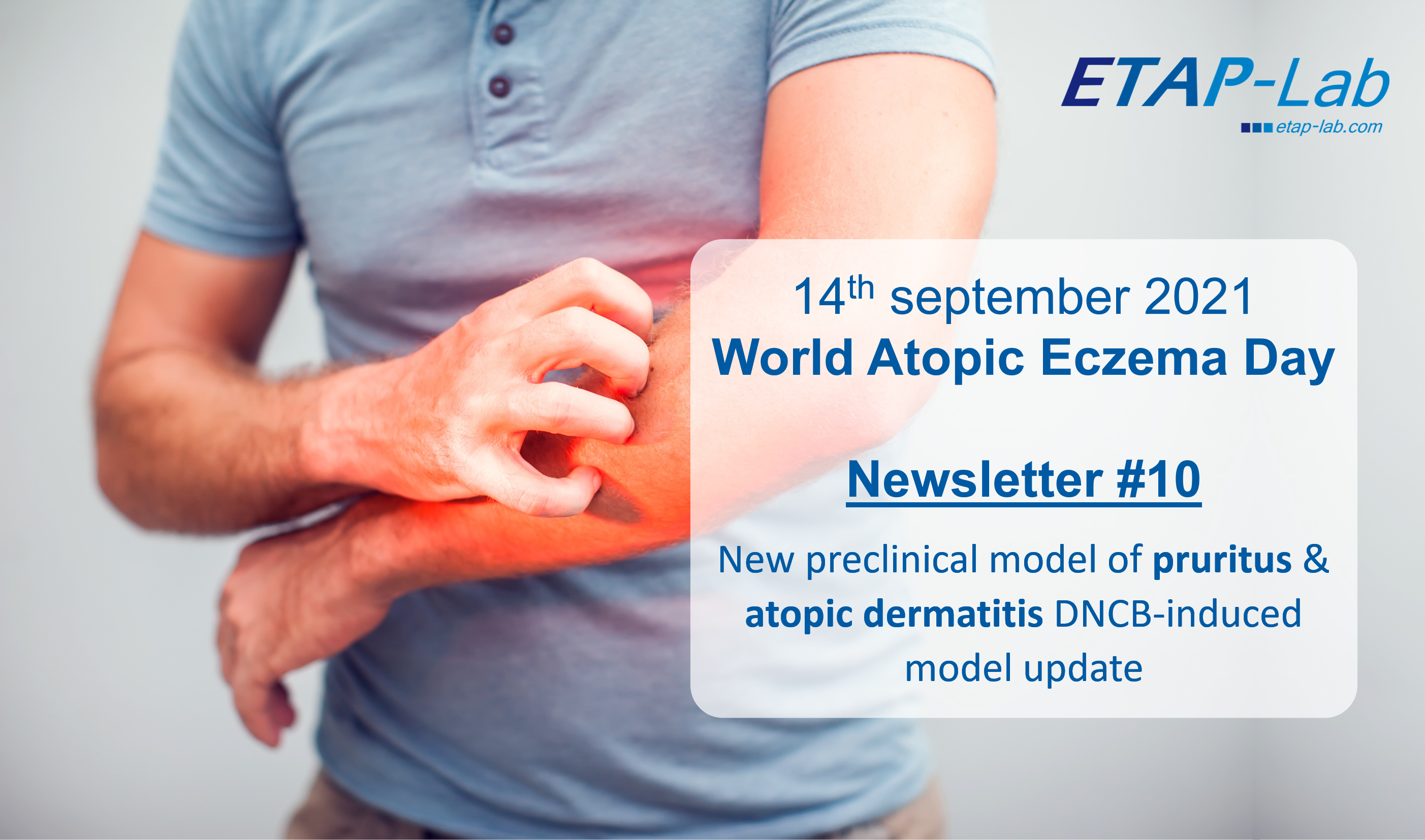
Newsletter #10 – New preclinical model of pruritus and update to our other atopic dermatitis models
Atopic dermatitis is a skin condition affecting 4% of the population worldwide. It affects all age groups, regardless of sex. Over the past 30 years, the number of diagnosed cases in industrialised countries has tripled.
Characterised by dry skin and severe pruritus, this pruritic dermatosis causes major discomfort, leading to itching and even skin lesions.
Other than by recourse to treatments such as the corticosteroids used to reduce skin inflammation in atopic dermatitis, pruritus management continues to be a challenging task, even though it represents the majority of patients’ complaints.
To address this problem at preclinical level, ETAP-Lab has developed a new model of pruritic dermatosis that specifically measures the effects of molecules and limits the itching sensation.
This model, developed and validated in the female BALB/c mouse, is induced by daily application of MC903. It causes skin inflammation by activating neutrophils and eosinophils. These polynuclear cells cause a release of histamine, triggering the pruritus. We put this model through its paces by testing the effects of the analgesic U-50488 – a highly selective κ-opioid receptor agonist that has no antagonistic action on µ-opioid receptors.
Our results
Observation of the external and internal aspects of the skin
By observing the external macroscopic appearance of the skin (Fig. 1. A-C), we note that application of MC903 induces a change in the skin’s appearance (Fig. 1B and C), with the appearance of erythema, oedema and skin dryness. Concerning the internal macroscopic aspect, we observe an increase in the vascular network in the groups induced with MC903, and note the presence of numerous vasculature joints.
We also noted a beneficial effect of the reference treatment (U-50488), which improves the external macroscopic appearance of the skin (Fig. 1C) by reducing erythema, oedema and skin dryness, as well as by reducing the presence of vasculature joints internally (Fig 1 F).
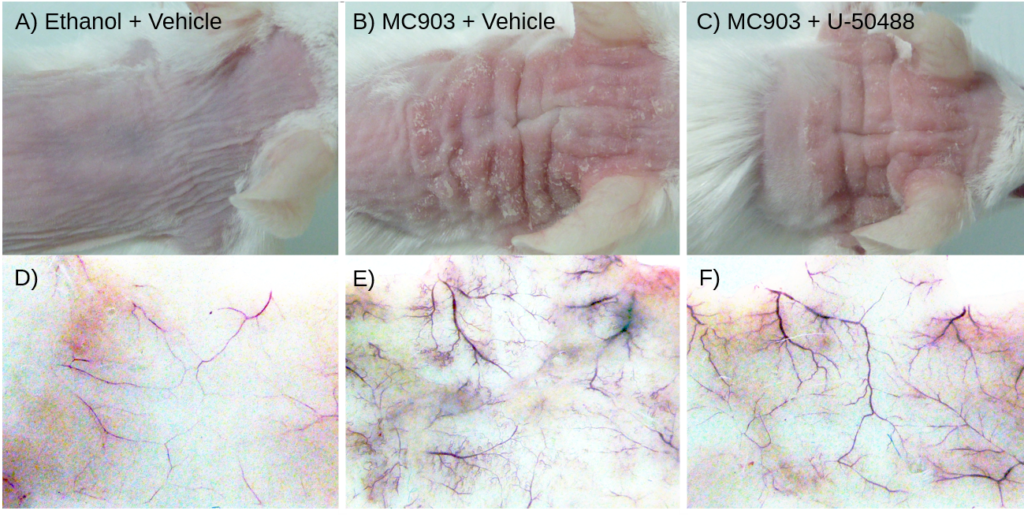
Fig. 1: Photographs of the external (A, B, C) and internal (D, E, F) appearance of the skin, by experimental group (A, D: Ethanol/Vehicle; B, E: MC903/Vehicle; C, F: MC903/U-50488)
Objectification of observations: Scoring of skin aspect
To objectify our observations of the external appearance of the skin, we have developed a scoring scale specifically for this model. This score allows us to measure both induction intensity and the effects of treatments. This score thus significantly increases in the MC903/Vehicle group in comparison with the Ethanol/Vehicle group (Fig. 2; p<0.001). The increase in the external skin appearance score was reduced by application of the reference molecule in the MC903/U-50488 group (Fig 2. p<0.01), though it remained significantly higher than the score in the Ethanol/Vehicle group (Fig 2. p<0.001).
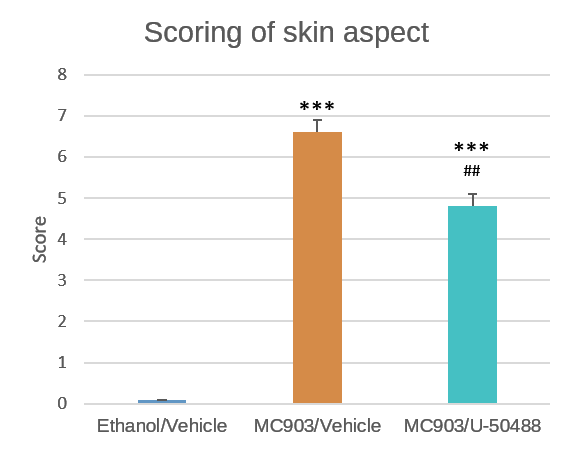
Fig.2: Average scoring of external skin appearance +/- SEM
(***; p<0.001 vs. Ethanol/Vehicle; ##; p<0.001 vs. MC903/Vehicle)
Behaviour: evaluation of the number of scratching events
We counted the number of scratching events in animals in the different experimental groups, and characterised MC903’s ability to induce itching. Indeed, for the MC903/Vehicle group, we observed a significant increase in the number of scratching events, compared to the Ethanol/Vehicle group (Fig3; p<0.001). Administration of U-50488 massively and significantly decreases this behaviour in comparison with the MC903/Vehicle group, the number of scratching events being comparable to that of the Ethanol/Vehicle group.
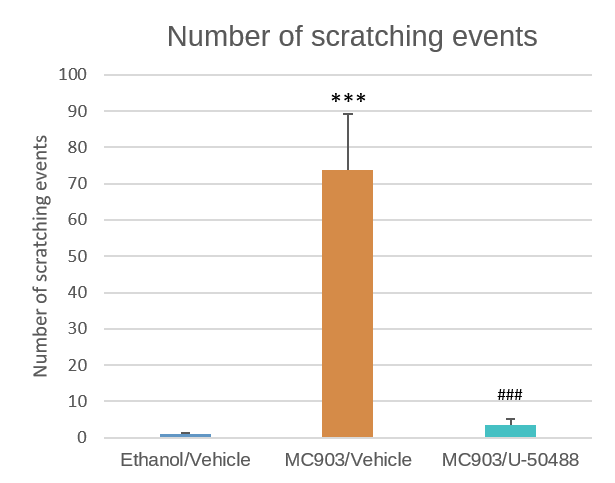
Fig. 3: Average number of scratching events +/- SEM
(***; p<0.001 vs. Ethanol/Vehicle; ###; p<0.001 vs.MC903/Vehicle)
Update to our atopic dermatitis model: measurement of transepidermal water loss
The rupture of the skin barrier is common in cases of skin conditions and leads to a characteristic loss of water. Being able to measure both the deterioration of this barrier and its recovery is an important parameter both in terms of developing experimental models of skin pathologies and in terms of measuring the effectiveness of active molecules. Up until now, the measuring devices used have been fitted with only a few sensors, and there was a certain level of inaccuracy in measurement. Today ETAP-Lab is the first European preclinical CRO to be using the latest Tewametre® model, which has 30 sensors. The resulting improved accuracy of measurement makes it applicable to dermatology models.
Here are the first results using our model of DNCB- induced atopic dermatitis (Fig. 4).
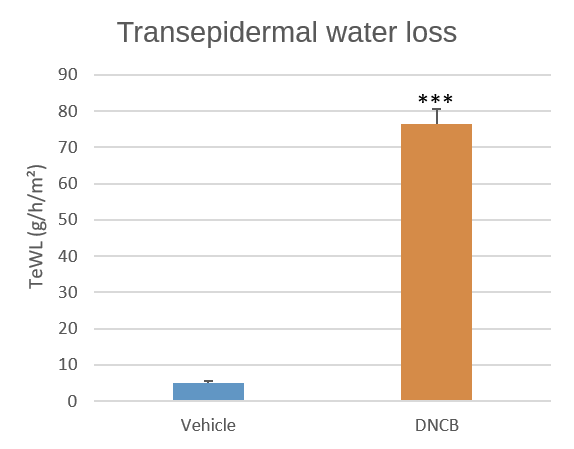
Fig. 4: Average measurement of transepidermal water loss +/- SEM
(***; p<0.001 vs. Vehicle)
We have observed that DNCB application results in a massive and significant increase in transepidermal water loss. The measurement accuracy reduces the variability of results, making it possible to differentiate between the efficacy of individual active products. This will be the subject of our next dermatology newsletter.
Our experts will be delighted to answer any questions you may have on this subject.




